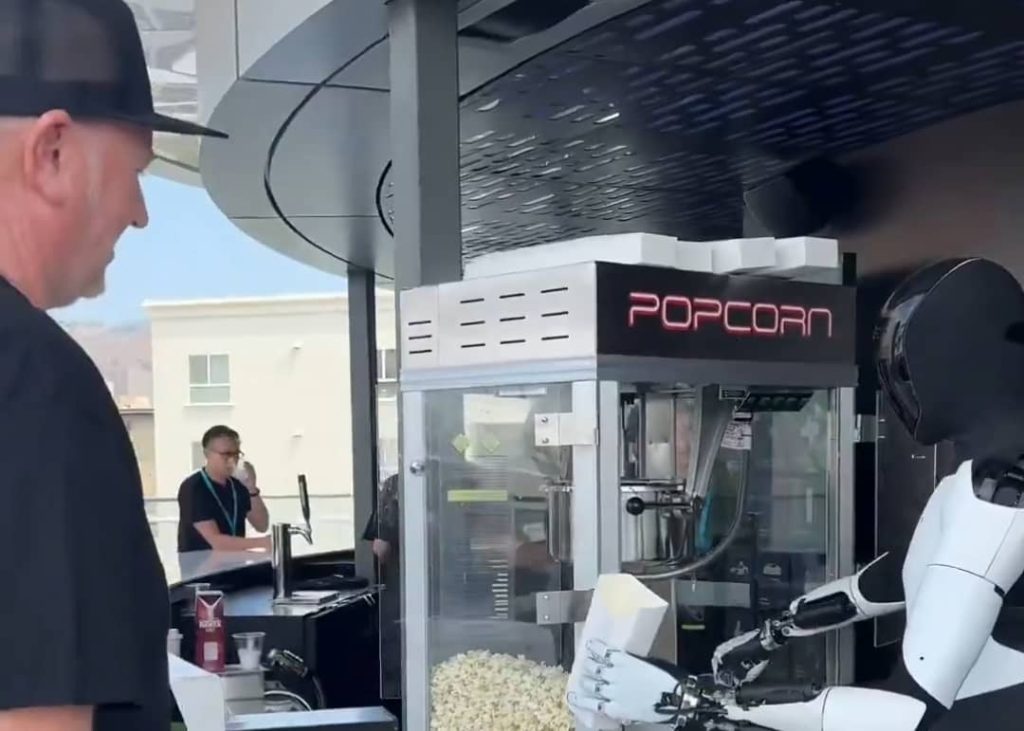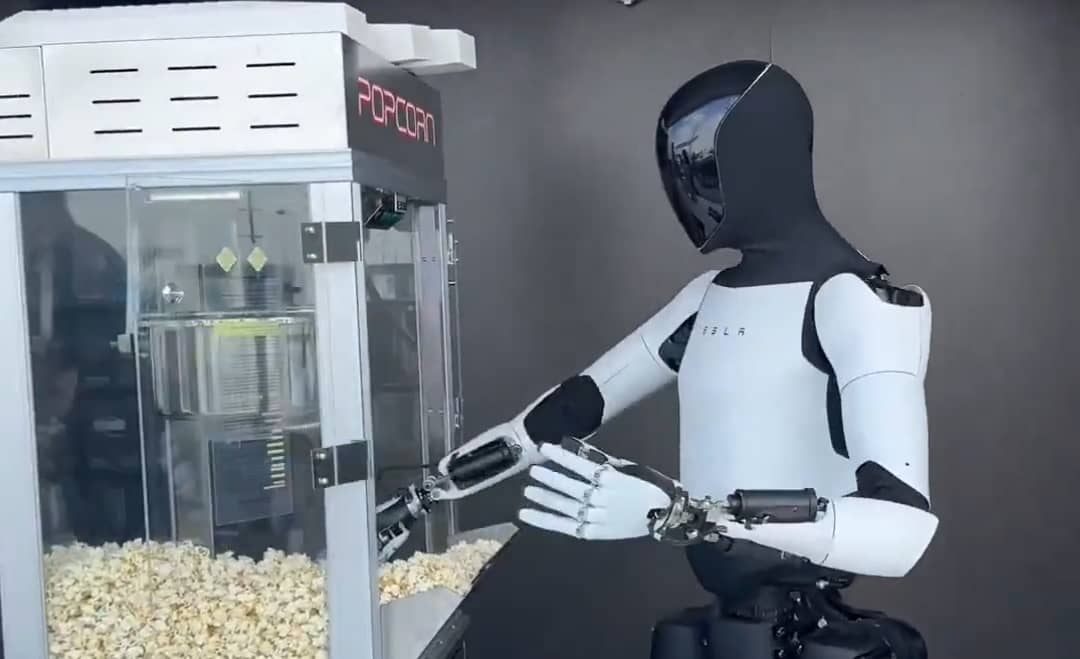As artificial intelligence continues to redefine the boundaries of technology and human interaction, Elon Musk is once again at the forefront—this time with a bold move to embed AI into the fabric of daily life. In a wave of social media posts and discussions gaining momentum over the past week, the tech mogul emphasized a future where AI, particularly his company xAI’s chatbot “Grok”, plays a central role in Tesla vehicles and beyond.
This integration of Grok into Tesla’s infotainment system marks a significant milestone in AI-human interaction—allowing drivers and passengers to engage with a conversational AI that offers everything from navigation help and real-time diagnostics to entertainment and digital companionship. But as Musk celebrates technological progress, questions loom large over what this future means for workers, economies, and societies.

Image Credit: @cb_doge via x.com.
The rollout of Grok into Tesla vehicles has been hailed by Musk as a move toward “a seamless, intelligent assistant” that adapts to each user’s preferences and behavior. Early demonstrations show Grok responding to spoken commands with humanlike fluency, scheduling appointments, managing smart-home devices, and even providing witty commentary on news and culture—making cars not just vehicles but mobile AI companions.
“AI will be part of everything. Not an option—an inevitability,” Musk posted recently, adding that integration across Tesla and other xAI-aligned ventures will only deepen in the next 12 months. Yet, while the tech world marvels at Grok’s capabilities, economists and labor advocates warn of the deeper implications.
Job displacement caused by AI and automation is becoming increasingly visible. Industries like customer service, transportation, administrative support, and even certain white-collar sectors are seeing shifts as companies adopt AI to cut costs and boost efficiency. According to the International Labour Data Consortium (ILDC), AI-driven automation has already contributed to the loss or transformation of nearly 4.8 million jobs globally between Q1 2023 and Q2 2025, with projections showing accelerated displacement through 2030.
Musk himself has acknowledged these concerns in past forums, reiterating that society must rethink its economic model in an AI-dominated age. He has floated the concept of “Universal High Income” (UHI)—a twist on Universal Basic Income (UBI)—to address the gap between technological advancement and human livelihood.
“If AI can do your job better and cheaper, we need to ensure you still have dignity, purpose, and a means of living,” Musk said during a 2024 interview. “That’s where Universal High Income might come in.”
As for the threat to Privacy, Power, and Policy in addition to employment challenges, the expansion of AI into vehicles, homes, and personal devices raises privacy and data governance concerns. With Grok analyzing voice, movement, and behavioral data to tailor responses, experts argue that clear regulation and user control over personal data are more critical than ever.
Some tech critics worry that Grok’s rapid rollout, especially when combined with Tesla’s massive sensor and location data capabilities, may outpace ethical safeguards. “This isn’t just an assistant. It’s a surveillance platform on wheels unless checked,” said Dr. Melissa Kan, a digital rights analyst at the AI Ethics Foundation.
Looking at a Fork in the Road, the coming years promise extraordinary leaps in convenience, connectivity, and intelligence. Musk’s vision is a compelling one: autonomous systems that serve humanity while pushing the boundaries of what’s possible. But that vision, while thrilling, demands serious reflection. How do we support millions displaced by AI? Who owns the data that fuels intelligent machines? Can society adapt fast enough to keep up with innovation?
For now, Tesla owners may revel in Grok’s wit and wisdom. But policymakers, business leaders, and citizens are being called to a higher task: ensuring the AI revolution uplifts society, rather than leaving millions behind in its wake.








Leave a Reply